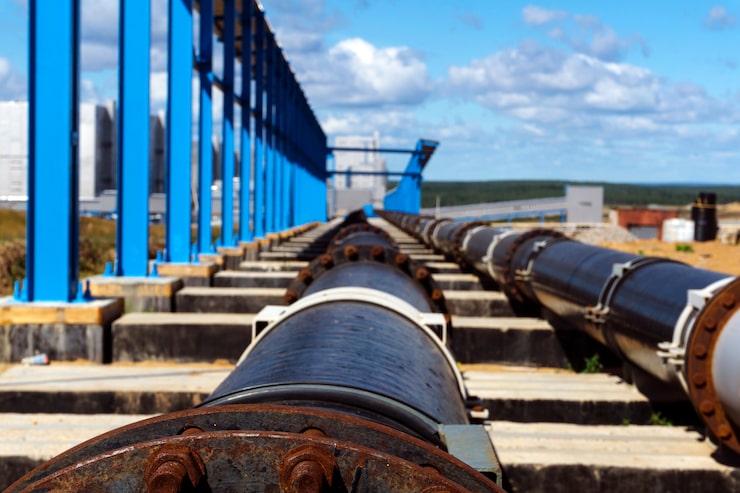When deciding on piping materials for plumbing or water supply projects a common question arises Is PEX better than PVC This question is relevant to homeowners contractors and engineers who want durable efficient and cost-effective solutions. Both PEX and PVC are popular plastic piping options but they differ significantly in properties performance and applications. To determine which is better it is important to explore the characteristics advantages disadvantages and typical uses of each material.

PEX or cross-linked polyethylene is a flexible plastic piping material that has gained widespread acceptance especially for residential plumbing. Its cross-linked molecular structure provides excellent durability heat resistance and flexibility. This flexibility allows PEX pipes to bend around corners reducing the need for fittings and simplifying installation. PEX can handle hot and cold water making it versatile for supply lines.
PVC or polyvinyl chloride is a rigid plastic pipe commonly used for cold water supply drainage and irrigation systems. It is valued for its affordability chemical resistance and ease of installation. PVC pipes have a smooth interior surface that reduces friction and allows efficient water flow. However PVC is not suitable for hot water applications as it softens at high temperatures.
One key advantage of PEX over PVC is temperature tolerance PEX pipes can withstand temperatures up to around 200 degrees Fahrenheit while PVC typically has a maximum temperature rating near 140 degrees Fahrenheit. This makes PEX suitable for both hot and cold water supply systems whereas PVC is generally limited to cold water. For households where hot water lines are essential PEX offers greater safety and longevity.
Another important factor is flexibility PEX pipes are highly flexible allowing installers to create continuous runs with fewer joints. This reduces leak points and lowers labor costs. The ability to bend also makes PEX easier to retrofit in existing structures without extensive demolition. In contrast PVC is rigid and requires fittings such as elbows and tees for direction changes which increases installation complexity.
Durability is another consideration PEX is resistant to scale chlorine and corrosion which extends its service life in a variety of water qualities. PVC is also corrosion resistant but may become brittle over time especially when exposed to UV light. PEX pipes are less prone to cracking in freezing conditions due to their flexibility while PVC can be vulnerable to cracking if water freezes inside.
From a cost perspective PVC pipes generally have lower material costs than PEX. However PEX often results in lower overall project costs because installation is faster and requires fewer fittings. PVC installation involves solvent welding which requires curing time and skilled labor. PEX typically uses mechanical crimp or clamp fittings which speed up assembly.
Environmental impact is increasingly relevant Both PEX and PVC have environmental footprints related to production disposal and potential chemical leaching. PVC manufacturing involves chlorine and additives that have raised health and environmental concerns. PEX is considered safer in terms of chemical leaching but is not as widely recyclable as PVC. Consumers seeking greener options should evaluate the lifecycle impacts and certifications of the products they choose.
Maintenance and repair also differ PEX’s flexibility and fewer joints reduce the likelihood of leaks and simplify repairs. PVC piping can be repaired with solvent weld or mechanical couplings but rigid nature means cracks or breaks often require section replacement. PEX’s resistance to freeze damage further decreases repair frequency in cold climates.
However PEX does have some limitations PEX should not be exposed to direct sunlight for prolonged periods as UV radiation degrades the material. It can also be damaged by rodents chewing through the pipes if not properly protected. PVC’s rigidity makes it better suited for certain applications such as underground drainage where structural strength is essential.
Code compliance varies by region Some building codes accept both materials for potable water supply while others restrict use based on local standards. It is important to consult local plumbing codes and approved product listings when selecting piping material.
In summary when comparing PEX and PVC the choice depends largely on application requirements budget and environmental considerations. For residential hot and cold water supply PEX’s flexibility durability and ease of installation make it a superior option in many cases. PVC remains a cost-effective and reliable choice for cold water lines drainage and irrigation especially where rigidity and chemical resistance are priorities.
Ultimately the question Is PEX better than PVC does not have a one-size-fits-all answer but understanding the strengths and weaknesses of each material empowers users to make informed decisions. Selecting the appropriate pipe enhances system performance safety and longevity while meeting user needs effectively.


